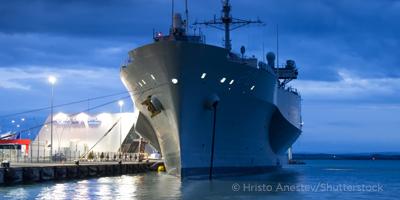Quick Links
- Rules and Resources
-
Services
Quick Links
Sustainability and Decarbonization- Energy Efficiency Existing Ship Index (EEXI)
- Sustainability Reporting and Assurance
- Simulation-based Energy Efficiency Evaluation Service (SIM EEE)
- Greenhouse Gas (GHG) Rating Improvement
- Greenhouse Gas Inventory and Carbon Accounting
- Carbon Capture, Utilization, and Storage (CCUS)
- Alternative Fuel Options
- Alternative Power Sources
- Marine Sustainability
- Offshore Sustainability
- Green Shipping Corridors
- Methanol Value Chain
- Gas
- Carbon Intensity Indicator (CII)
- Ammonia Value Chain
- Carbon Diligence Platform
- Marine Sustainability
-
Innovation and Technology
Quick Links
-
News and Events
Quick Links
-
About
Quick Links

- Rules and Resources
- Services
- Innovation and Technology
- News and Events
- About Us and Careers
- Rules and Resources
- Rules and Guides
- Regulatory Updates
- Advisories and Debriefs
- Flag and Port State
- Engineering Software
- Engineering Reviews
- ABS MyFreedom™ Portal
- Databases
- Forms
- Services
- Classification
- Approval and Certification
- Company and Ship Audits
- Global Marine
- Global Offshore
- Global Offshore Wind
- Global Government
- Sustainability and Decarbonization
- Digital Solutions
- Cybersecurity
- Maritime Training
- Innovation and Technology
- Technology Advancement
- Academic Engagement
- Industry Partnerships
- Data and Digitalization
- Knowledge Center
- About Us and Careers
- Who We Are
- Safety
- Careers
- Contact Us
ABS Unveils Marine and Offshore Industries' First Notations on Smart Technology Applications
(HOUSTON) ABS published the Guide for Smart Functions for Marine Vessels and Offshore Units (Smart Guide) to help marine and offshore owners and operators capitalize on their operational data.
The Smart Guide introduces a unique class approach leading to the marine and offshore industries' first set of notations to help owners and operators qualify and utilize smart functions. Through the analytics that they provide, smart functions can proactively manage asset health and performance, providing a mechanism for sustainability and improved uptime. Smart functions can also lead to increasingly condition-based approaches to maintenance strategies and class surveys.
The approach laid out in the Guide applies a risk-informed set of easy-to-apply prescriptive requirements for engineering review and survey of the smart technology applications.
“Smart technology will be a key factor for industry sustainability in the coming years. Future adoption of smart technology and its ability to enable better decision making and continuous improvement will coincide with quickly changing environmental requirements,” said ABS Chairman, President and CEO Christopher J. Wiernicki. “Smart technologies and how a vessel’s data is utilized to optimize performance can drive improved efficiency today and will be critical to meeting the reduced emissions requirements being developed by the IMO.”
The use of operational data and analytics, such as machine learning, enable better decisions related to vessel performance and can also provide early indicators that help avoid failures and downtime. The implementation of smart functions helps crew and shore-based personnel make decisions to speed corrective actions.
The Smart Guide covers functions related to performance, health, and crew support. It also introduces three new notations that support the recognition of a vessel’s data infrastructure as well as health monitoring functions, which can be utilized to directly support survey activity.
- Smart INF: Data Infrastructure for Smart Function Implementation;
- Smart MHM: Machinery Health Monitoring;
- Smart SHM: Structural Health Monitoring.
To support a streamlined integration of vendor products and services related to smart functionality, the Smart Guide also lays out a Product Design Assessment scheme coupled with a Service Provider approval process to support equipment manufacturers, shipyards, owners as well as third party software providers, as they develop products and services for smart functionality for use onboard ABS-classed vessels.
“Another testament to our digital leadership, this Guide takes a practical approach to helping industry incorporate smart functionality. Fundamentally, this Guide enables industry to apply smart function notations based on operational needs, allowing owners to choose the machinery or structural areas that are most critical for health monitoring,” said ABS Vice President for Global Business Development John McDonald.
The Smart Guide follows the release of Guidance Notes published in 2018, which laid out a goal-based approach to supporting vessel operators apply smart functionality on marine and offshore assets.
To download the ABS Guide for Smart Functions for Marine Vessels and Offshore Units please visit www.eagle.org.
To learn more about smart functionality for marine and offshore assets, please visit www.eagle.org/smart.
About ABS
ABS, a leading global provider of classification and technical advisory services to the marine and offshore industries, is committed to setting standards for safety and excellence in design and construction. Focused on safe and practical application of advanced technologies and digital solutions, ABS works with industry and clients to develop accurate and cost-effective compliance, optimized performance and operational efficiency for marine and offshore assets.
© 2023 American Bureau of Shipping. All rights reserved.






























 Download Photo
Download Photo 






